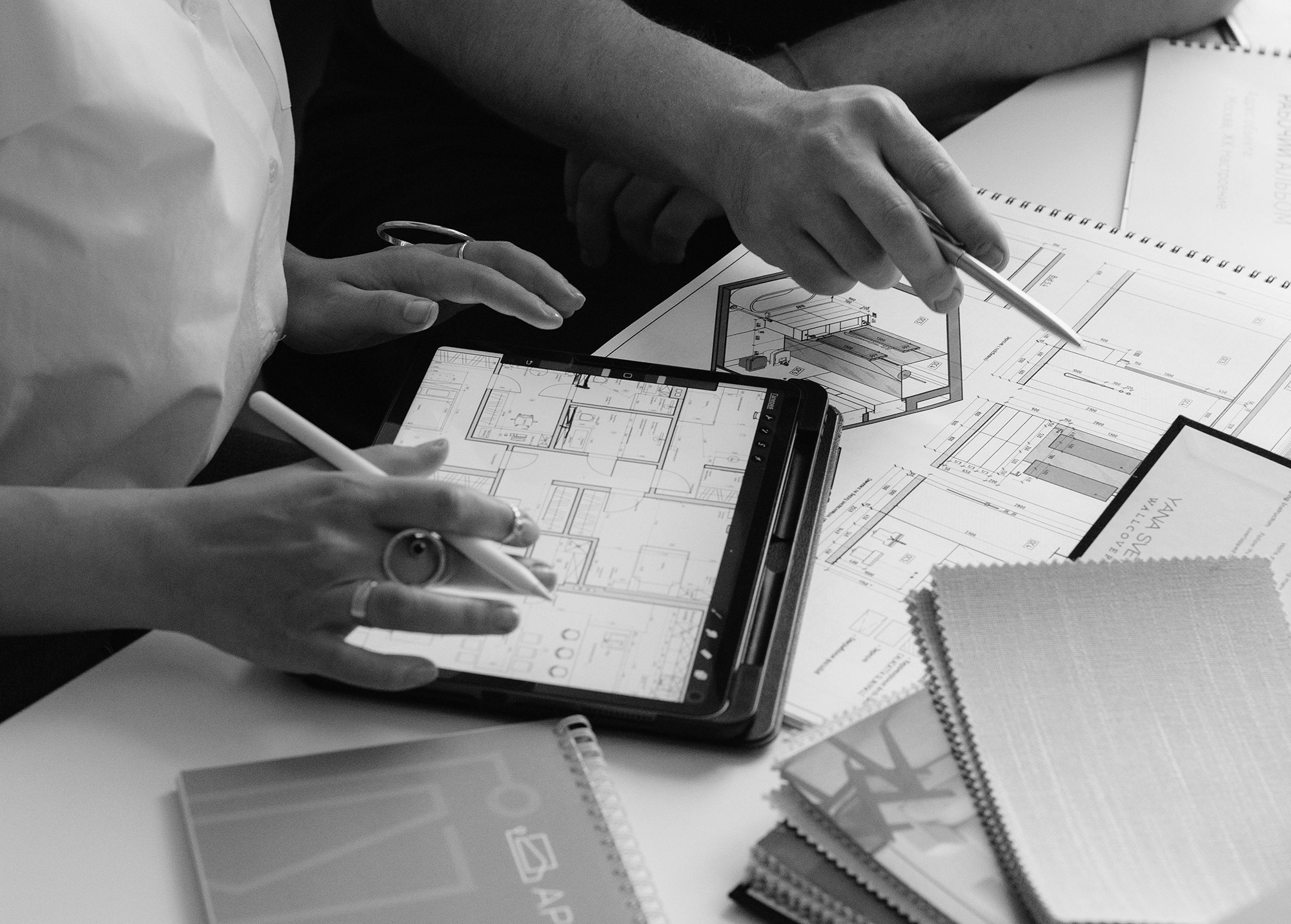

March 21, 2024
Have you ever looked at an architectural drawing and felt like you were deciphering an ancient code? You are not alone! While these drawings are the architects language, understanding the basic terms can unlock a whole new way of appreciating the world around you. This blog is your friendly guide to navigating the most common architectural drawing elements. We will break down terms like plans, elevations, sections, and views, so you can approach any architecture drawing with confidence.

Imagine slicing a building horizontally like a cake. A floor plan is like looking down from above at each level, showing the arrangement of walls, doors, windows, and other features. Think of it as a map of the building's interior space.
Ever wondered how a building will look from the outside? Elevations are essentially exterior wall drawings, typically drawn from the front, back, and sides. They provide a detailed picture of the building's facade, including windows, doors, and any decorative elements.
If a floor plan is a slice from above, a section is like taking a vertical slice through the building. This cut-away view reveals the building's interior construction, including floors, ceilings, walls, and even furniture placement in some cases.
These drawings focus on specific details of the building, like a staircase, a fireplace, or a complex roof structure. They provide a closer look and can be drawn from any angle to best showcase the element.
Bonus Tip: Architectural drawings often use symbols to represent different elements. A quick web search for "architectural symbols" will give you a handy reference guide for deciphering those little squares and circles!
Appreciate the design process:
Architectural drawings are the roadmap for bringing a building to life. By understanding them, you can gain insight into the architect's vision and how it translates into a functional space.
Communicate more effectively:
Whether discussing renovations with an architect or simply appreciating the details of a historical building, a basic understanding of these terms will enhance your conversations.
Become a mini-architecture critic:
The next time you admire (or critique!) a building's design, you can use your newfound knowledge of floor plans, elevations, and sections to analyze its layout and functionality.
So, the next time you encounter an architectural drawing, don't feel intimidated! With this basic understanding, you'll be well on your way to unlocking the secrets hidden within those lines and symbols.
Share this article with your friends